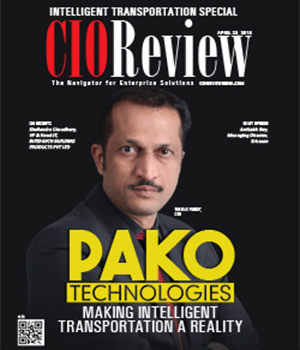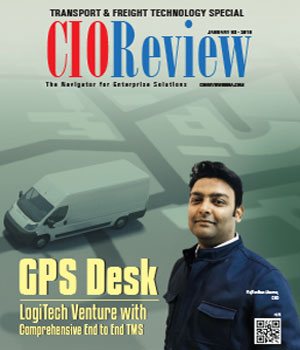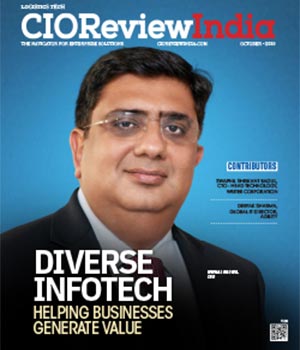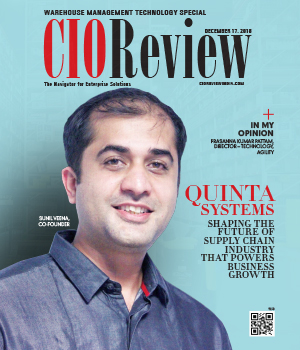
Information Management in Supply Chain
Mandar Athalekar, Head - Market & Product Development and Global Trade Management, Thomson Reuters | Thursday, 19 October 2017, 09:16 IST
 Are companies effectively managing information affecting their supply chain? This may seem to be too broad a question to be able to answer in a simple “Yes” or “No”. But an understanding of the comprehensive and expanding nature of supply chains today may help answer it. Along with it, a quick look at the factors contributing to and affecting the management of supply chains of today and the techniques towards controlling those factors would help too. Doing so will elucidate the integral role of information and communication technology in supply chain management.
Are companies effectively managing information affecting their supply chain? This may seem to be too broad a question to be able to answer in a simple “Yes” or “No”. But an understanding of the comprehensive and expanding nature of supply chains today may help answer it. Along with it, a quick look at the factors contributing to and affecting the management of supply chains of today and the techniques towards controlling those factors would help too. Doing so will elucidate the integral role of information and communication technology in supply chain management.
Companies are no longer considered as independent entities today, but constituents of multi-organizational, multi-national and multi-echelon networks procuring raw materials and processing equipments to deliver finished goods and services to the final customer. These multi-entity networks are the supply chains of today. These supply chains are global. Competition in which they have to operate is global and so are the uncertainties which lead to and are often the causes of disruptions. In this environment of global competition and increasingly complex networks of suppliers, manufacturers, customers, products, services, ports, governments and regulatory bodies, freight forwarders, transport and communication infrastructures, information systems and technologies, cultures and most importantly disruptions, any development or change in the external world that has a direct or indirect influence on any of the factors affecting these networks and their constituents, is bound to affect the supply chain, in turn affecting organizations’ operational efficiency. So it follows that the control of these networks needs to be integrated. And information, by far, is the most effective tool which can equip organizations with this integrated control. Of course, it needs to be used, processed and consumed effectively and to do so, the systems and technology needs to be evaluated and deployed on certain well defined success criteria.
In Supply Chain Management, as in many other areas of management, information is mainly used at two levels – transactional and strategic. This is besides the master data viz. items, locations, partners, customers, etc. representing more or less established elements of an organization and its business. These are data which seldom change or get processed on a daily basis. Information about orders, inventories, deliveries, import and export declarations, bills of entry, shipping bills, etc. are transactional data which get processed daily or even more frequently. Data on demand forecasts, sales trends, price and currency fluctuations, tariff schedules, currency exchange rates, regulatory content and updates, etc. are of strategic type mainly because they are likely to have already undergone some level of processing before they are sourced by an organization and also because they are used for analyses and decision-making by senior executives. Information management is effectively collecting, processing and consuming these data. Efficient technology is what provides a framework to collect these data, a mechanism to process it and a medium to exchange it to facilitate consumption at the desired time and location.
The basic goal of managing supply chains is to maximize profitability through increased revenues, reduced costs and optimizing resources while achieving customer delight through high quality products and services at competitive prices and increased speed of delivery. An information system and technology that is aligned with this basic goal would count as the best supply chain information system and technology. However, this is most likely to sound too simplistic and generic to address the specific complexities arising out of the continuously changing business requirements especially in this age of supply chain disruptions. For instance, Japanese tsunami in 2011 left the world auto industry reeling for several months. This was mainly because leading auto manufacturers like Toyota had designed their systems to operate on lean supply chain with just a few hours of inventory. Regulatory changes could disrupt supply chains as much as natural disasters. Supreme Court of India’s judgment of 29 March 2017, to stop sale or registration of BSIII (Bharat Stage III) vehicles from 01 April 2017 and upgrade to BSIV, almost threw the Indian automotive two-wheeler industry in panic. Shops gave out instant discounts to get rid of BSIII vehicles, ran out of stock and eventually were forced to shut down for a day to avoid chaos due to potential customers. This not only highlighted the importance and implications of regulatory disruptions but also alerted manufacturers and sellers in India to be more prepared than before, to manage them. GST (Goods and Services Tax) implemented from 01 July 2017 is probably the most significant of such regulatory disruptions companies are still stabilizing through.
Little surprise, therefore, that companies across the globe keep struggling to resolve the wide and wild variety of problems in their supply chain notwithstanding their investments in a myriad of software systems available for supply chain management. What is required, however, is a collaborative and comprehensive evaluation of information systems and technology to determine whether it is advanced, capable and agile to capture and act upon all the variables that affect the supply chain in this age of disruptions and global uncertainty while ensuring the security of information and of the organization against likely business losses and regulatory non-compliances.
CIO Viewpoint
Technologies That Will Boost Digitalisation...
By Sanjay Agrawal, Technology Head, Hitachi Vantara
ISVS Driving The Dream Of A Tech-First World In...
By Vivek Gupta, Senior Director & Country Head, Oracle IaaS & PaaS Services, Oracle
Embrace Total Business Intelligence By...
By Neelesh Kripalani, Chief Technology Officer, Clover Infotech
CXO Insights
Looking Towards Operations Management: What...
By Dr. Vandana Sonwaney, Director, SIOM
Acceleration Of Digital Transformation
By Sudhakar Singh, Managing Editor
Decoding the Disruptive Impact of Smart...


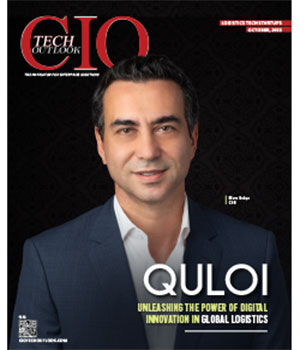
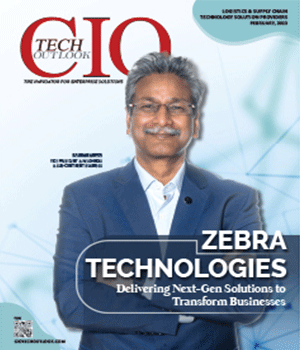
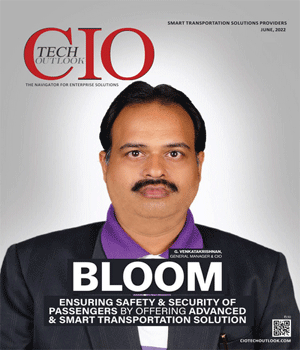
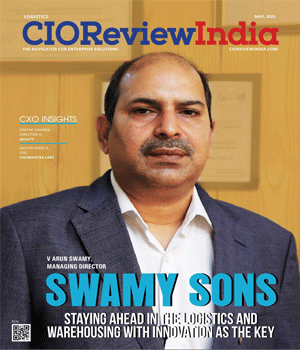
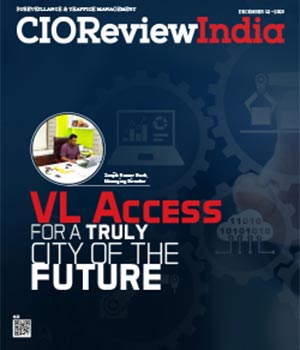
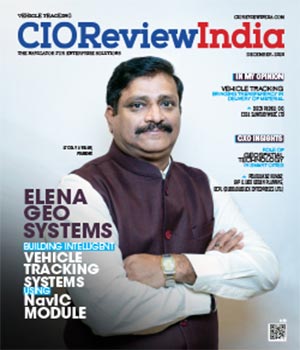

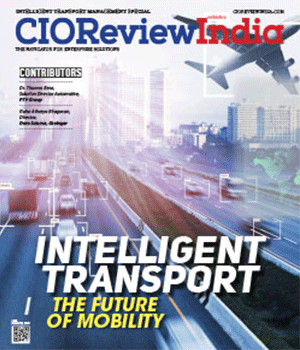
.jpg)
.jpg)

